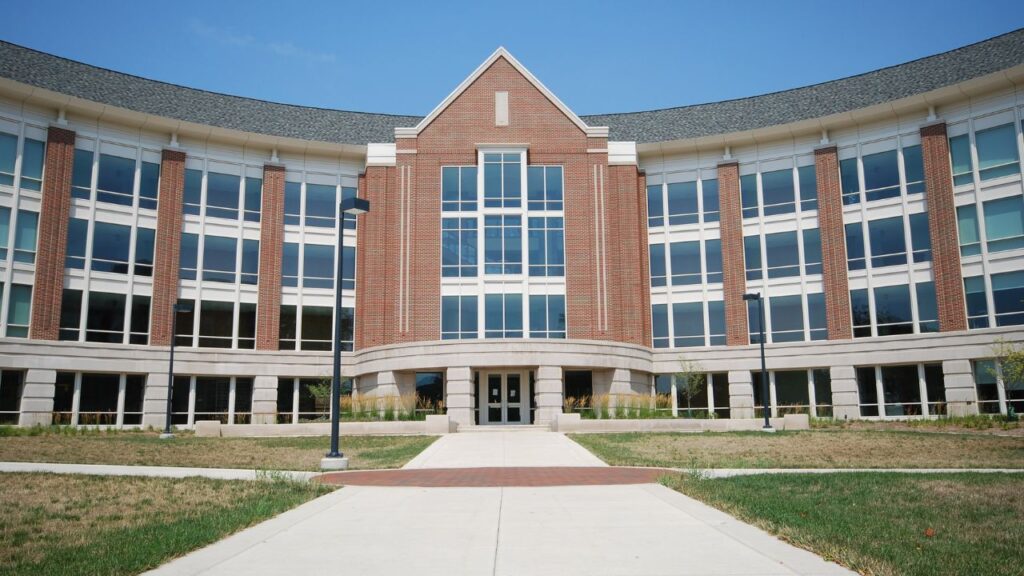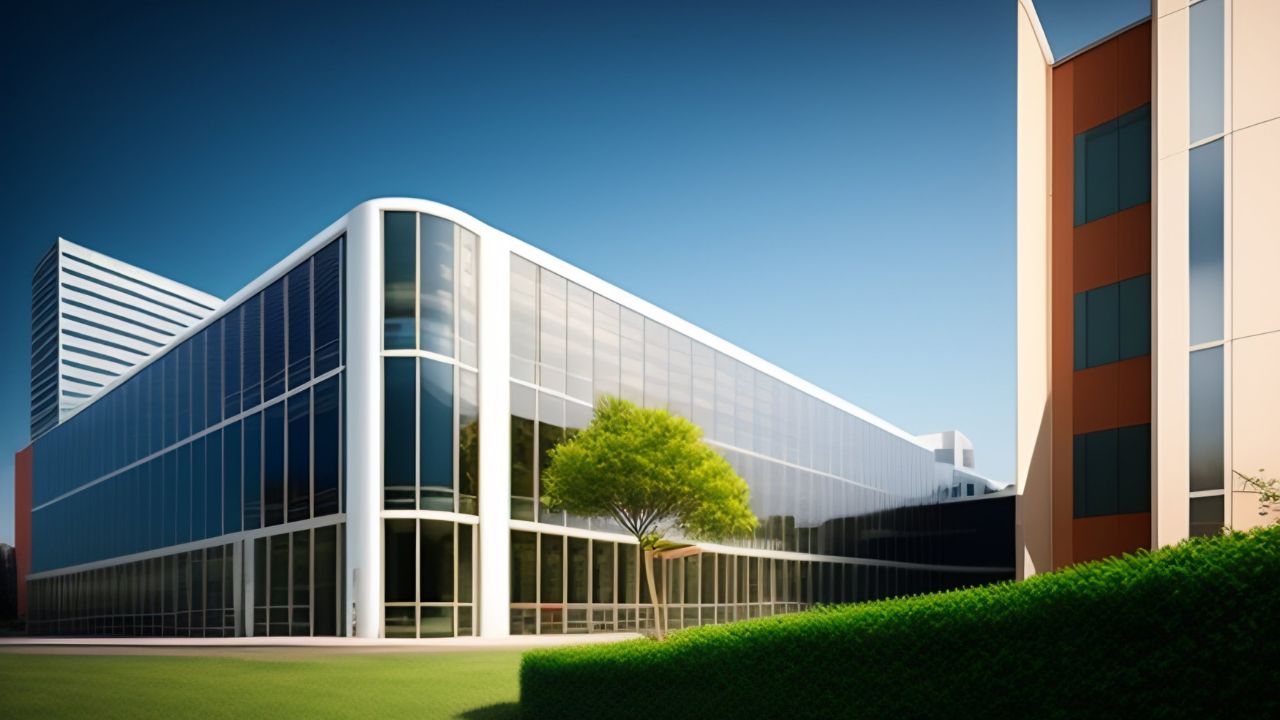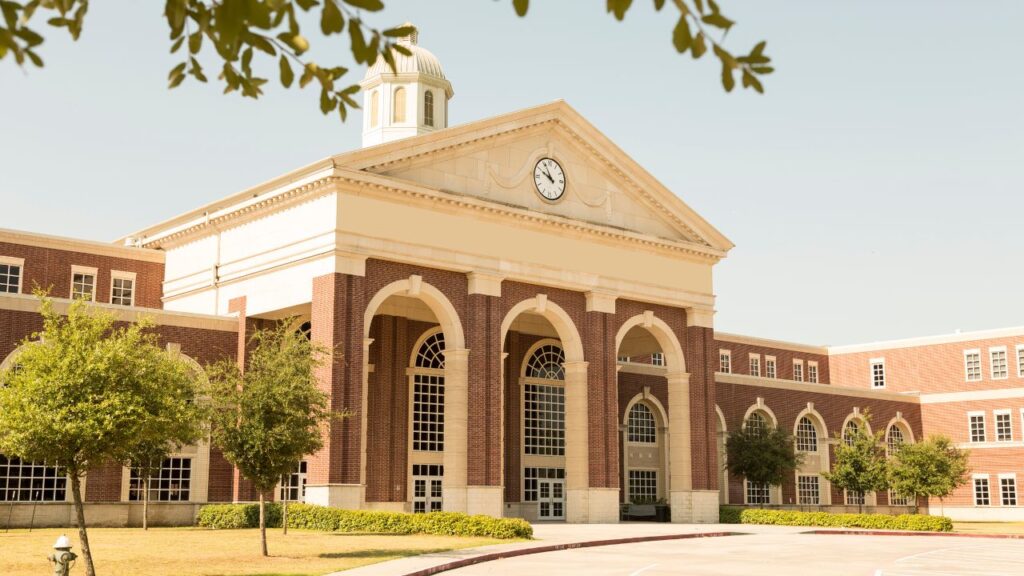Boost Your College Building Bids – Request a Precision Estimate!
- Accurancy
- Efficiency
- Transparency
- Customization
- Time Saving
- Professionalism
- Cost Control

Planning for the construction or renovation of a college building is a complex and multifaceted process that demands meticulous attention to detail, especially when it comes to budgeting. One of the critical elements in this planning phase is the accurate estimation of costs. In this guide, we will break down the key considerations and provide a step-by-step approach to creating a reliable college building cost estimate.
Your envisioned college building sets the stage for a symphony of costs, each architectural element playing a distinct note in the budgetary composition. Whether it’s the grandeur of a library, the height of an atrium, or the complexity of a science wing, each architectural choice influences the financial harmony. Size, complexity, and function all contribute to the melody, shaping the cost estimate into a harmonious representation of your architectural vision.

The materials you select for your college building paint the financial portrait. Sustainable choices like bamboo or recycled brick introduce an eco-friendly note, potentially offering long-term cost savings. However, these materials may require specialized handling, adding a counterpoint of higher labor costs. Traditional materials like steel and concrete offer a familiar, lower-cost tune but come with environmental considerations. Architectural embellishments, such as intricate stonework or expansive glass windows, contribute their own beauty but may lead to higher price brackets. Balancing aesthetics, budget, and environmental responsibility requires collaboration between architects, engineers, and financial stakeholders to strike the right chord.

Fully Insured Licensed Hire a Builder For College Building
Hire Builder
Make Informed Design Decisions Showcase Your Design Ideas
Get RenderingThe geographical setting of your college becomes the stage for your cost symphony. Urban areas, with their high-pitched notes of skilled labor and land scarcity, demand a budget capable of intricate solos and expensive duets. Rural settings, while offering a more muted cost chorus, may require additional considerations like transportation logistics. Understanding local nuances, such as labor costs, material availability, and construction regulations, is crucial to predicting the financial tempo accurately. Collaborating with local contractors and consultants familiar with the area’s unique rhythms ensures your budget stays in tune with the realities of your chosen location.
Navigating regulations and permits resembles conducting a chorus of sometimes-discordant voices. Zoning requirements, building codes, and accessibility standards all contribute their verses to the cost song, potentially leading to unexpected tempo changes and budget adjustments. Delays caused by permit challenges can disrupt the entire financial composition. To avoid disharmonies, engaging with experienced architects and consultants familiar with local regulations is essential. Establishing a collaborative relationship with relevant authorities early in the process ensures your building permit symphony sings in perfect harmony with your budget.
Imagine a magnificent library, its shelves bare, echoing with an unsettling silence. Or a state-of-the-art science lab devoid of microscopes and test tubes, a sterile shell devoid of its scientific symphony. This, my friends, is the chilling reality of a college building without Furniture, Fixtures, and Equipment (FF&E). These unsung heroes of the budgetary world quietly add up, their costs often underestimated until they rear their heads like budgetary goblins in the final stages of construction.
From the unassuming chairs and tables that populate classrooms to the towering library shelves cradling knowledge, FF&E forms the very heartbeat of a college building. In science labs, microscopes, centrifuges, and fume hoods whisper their own costly tune. Art studios demand easels, kilns, and canvases, while dorms hum with the quiet melody of beds, desks, and wardrobes. Each department, each space, sings its own FF&E ballad, and the conductor of this budgetary orchestra must ensure their harmonious blend doesn’t turn into a cacophony of overspending.

Meticulous planning, careful sourcing, and exploring options like refurbished or recycled furniture can help keep this budgetary chorus in tune. Remember, FF&E is not just an expense; it’s an investment in the learning experience, the comfort of students, and the functionality of the building itself.
In today’s digitally-driven world, colleges are more than just brick and mortar; they’re bustling hubs of information and collaboration. This necessitates a robust and ever-evolving technology infrastructure, another hidden dragon in the budgetary lair. Imagine a lecture hall where the projector sputters and dies, plunging the room into academic darkness. Or a dormitory where Wi-Fi signals crawl at a snail’s pace, stifling the creative flow of students. Such technological nightmares can quickly turn into budgetary demons, haunting the financial well-being of the college.
From high-speed internet connectivity to cutting-edge audio/visual systems in classrooms and auditoriums, the technology infrastructure sings a complex and ever-changing cost song. Robust IT networks, secure data storage solutions, and ubiquitous Wi-Fi coverage are now as essential as electricity and plumbing. The good news is that technological advancements often bring cost-saving opportunities. Cloud-based solutions can reduce hardware expenses, while open-source software can offer budget-friendly alternatives to proprietary systems. Remember, the goal is to strike a balance between cutting-edge technology and fiscal responsibility, ensuring that the digital backbone of your college remains strong and sustainable without breaking the bank.
A college building is not a static monument; it’s a living, breathing organism that requires constant care and attention. Just like a beautiful violin needs regular tuning and string replacements, your college building demands ongoing maintenance and operation to maintain its functionality and beauty. From leaky faucets and flickering lights to worn-out carpets and malfunctioning elevators, the long-term melody of upkeep can become a monotonous drone on the budgetary sheet music.
Ignoring these maintenance needs can be a costly mistake. Deferred repairs can lead to larger problems down the line, exponentially increasing the financial burden. Proactive maintenance plans, regular inspections, and readily available repair funds are essential to keeping the maintenance melody from becoming a budgetary dirge. Remember, investing in long-term upkeep not only saves money in the long run, but also ensures a safe, comfortable, and functional environment for students and staff alike.

By thoughtfully evaluating these elements and leveraging the resources at your disposal, you can formulate a practical and thorough estimate for the cost of your college building project. Keep in mind that this is an ongoing process. As your design takes shape and unexpected obstacles surface, readiness to adapt your budget will be crucial.
Through meticulous preparation and well-informed choices, you have the opportunity to turn your conceptualization into a tangible achievement. In constructing more than just a new college building, you are establishing a dynamic center for learning and innovation that will leave a lasting impact for generations.
Explore Funding Avenues: Uncover opportunities in grants, partnerships, and donor support to alleviate financial pressures on your project.
Embrace Sustainable Architecture: Implementing eco-friendly construction practices not only reduces costs but also promotes environmental well-being.
Opt for Phased Construction: Breaking the project into smaller, manageable phases enhances feasibility and eases the strain on your budget.
Enlist Seasoned Experts: Engaging experienced architects, engineers, and contractors is essential for navigating the intricacies of planning and construction, preventing costly errors.
Estimating and managing costs for a college building project involves considering various factors, from the type of building and materials to location and regulations. Beyond these, hidden costs like Furniture, Fixtures, and Equipment (FF&E), technology infrastructure, and long-term maintenance are crucial. Crafting your budget requires adaptability as the project evolves.
Smart strategies, such as exploring funding options, embracing sustainability, opting for phased construction, and hiring experienced professionals, contribute to success. Constructing a college building goes beyond walls; it establishes a hub for learning and innovation. Careful consideration of diverse elements and informed decisions can turn your vision into a tangible and impactful reality for generations to come.
Estimating costs involves factors such as building type, materials, location, labor, permits, and additional considerations like FF&E, technology infrastructure, and long-term maintenance.
The complexity, size, and function of the building, whether it’s a library, atrium, or science wing, influence the budgetary composition, creating a unique cost symphony.
The materials selected, ranging from sustainable options like bamboo to traditional choices like steel, contribute to the financial canvas. Architectural embellishments also impact costs.
Urban and rural settings present different challenges, with skilled labor and land scarcity in urban areas demanding higher budgets. Understanding local nuances is essential for accurate financial predictions.
Navigating zoning requirements, building codes, and accessibility standards can lead to unexpected tempo changes and budget adjustments, emphasizing the importance of engaging with experienced professionals.
FF&E, including furniture, fixtures, and equipment, is often underestimated but plays a vital role in the functionality and comfort of spaces within the college building.
The digital backbone of a college, including IT networks and audio/visual systems, presents a complex and ever-changing cost song. Balancing cutting-edge technology with fiscal responsibility is crucial.
Proactive maintenance plans, regular inspections, and readily available repair funds are essential to address ongoing maintenance needs and prevent larger problems that could increase financial burdens.
Here I am going to share some steps to get your college building cost estimate report.
You can send us your plan on info@estimatorflorida.com
Before starting your project, we send you a quote for your service. That quote will have detailed information about your project. Here you will get information about the size, difficulty, complexity and bid date when determining pricing.
Our team will takeoff and estimate your project. When we deliver you’ll receive a PDF and an Excel file of your estimate. We can also offer construction lead generation services for the jobs you’d like to pursue further.



561-530-2845
info@estimatorflorida.com
Address
5245 Wiles Rd Apt 3-102 St. Pete Beach, FL 33073 United States
561-530-2845
info@estimatorflorida.com
Address
5245 Wiles Rd Apt 3-102 St. Pete Beach, FL 33073 United States
All copyright © Reserved | Designed By V Marketing Media | Disclaimer